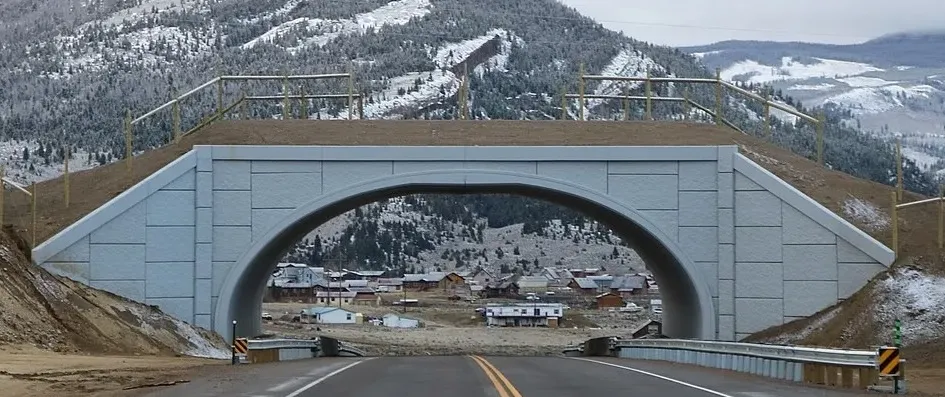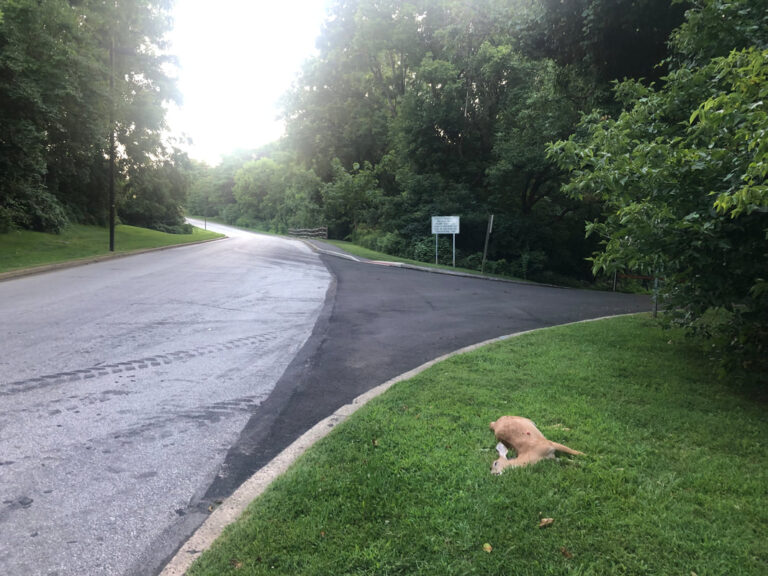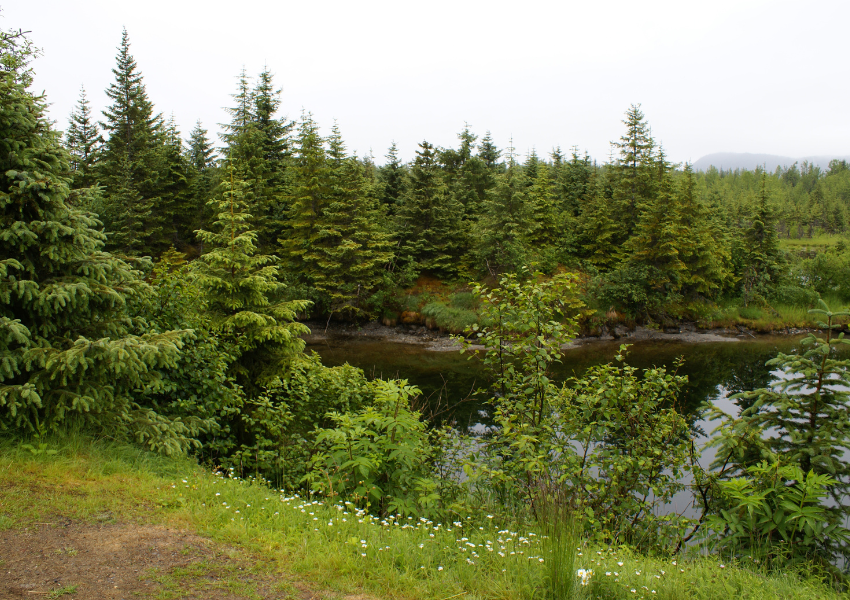Connecting habitat and giving wildlife safe passage over and under roadways

Colorado wildlife crossing. Jeffrey Beall, CC BY 4.0, via Wikimedia Commons
The importance of wildlife corridors
Wildlife corridors, sometimes referred to as wildlife crossings, animal bridges, ecobridges and ecocorridors, allow animals safer passage over or under busy roadways as they migrate looking for food, opportunities to mate, and places to forage in an increasingly developed landscape that encroaches on their habitat.
Here we’re compiling some of the best efforts in the United States to make wildlife corridors the norm rather than the exception—thanks in part to the introduction of the Wildlife Corridors Conservation Act, one of the boldest and most inspiring prospects for a future flourishing with wildlife.
Why we need wildlife corridors—now!

Wildlife crossings in the United States
If you’re wondering if wildlife bridges really work, you’ll find plenty of evidence from all over the country where departments of transportation have partnered with conservationists and environmental organizations to come up with wildlife crossing structures such as animal overpasses and underpasses that support and protect habitat and save lives—of wildlife and humans—from squirrels to salamanders to salmon to Spanish lynx. Find out more about how wildlife crossings in the U.S. are making a difference for people and animals.
To reduce WVCs (wildlife-vehicle collisions) and to allow wildlife to safely cross roads requires a transformation in our collective thinking about how the U.S. road network is designed. We can alter it from a network exclusively designed to serve the needs of people to one that aloso proactively and consciously accounts for the needs of wildlife. This will require strong transportation leadership, coordinated planning among transportation, wildlife and related agencies, and a dedicated funding stream.
Rob Ament & Anthony Clevenger, Western Transportation Institute, Montana State University, The Case for a Nationwide Commitment to a Systematic Network of Highway Crossings for Wildlife

Keep in touch!
Stay tuned for occasional updates on wildlife challenges and progress in the United States.
Articles for wildlife-lovers
Roadkill is a horrific yet common problem that affects many different species of animals, but some animals are more susceptible to being …
Roadkill is a common and tragic problem that affects both wildlife and humans. It occurs when animals are hit and killed by …
Protecting wildlife habitat is essential for the preservation of biodiversity and the health of our planet. Habitat destruction is a major threat …
If you’re a nature lover, you may want to help wildlife in your garden. There are many ways you can do this, …



